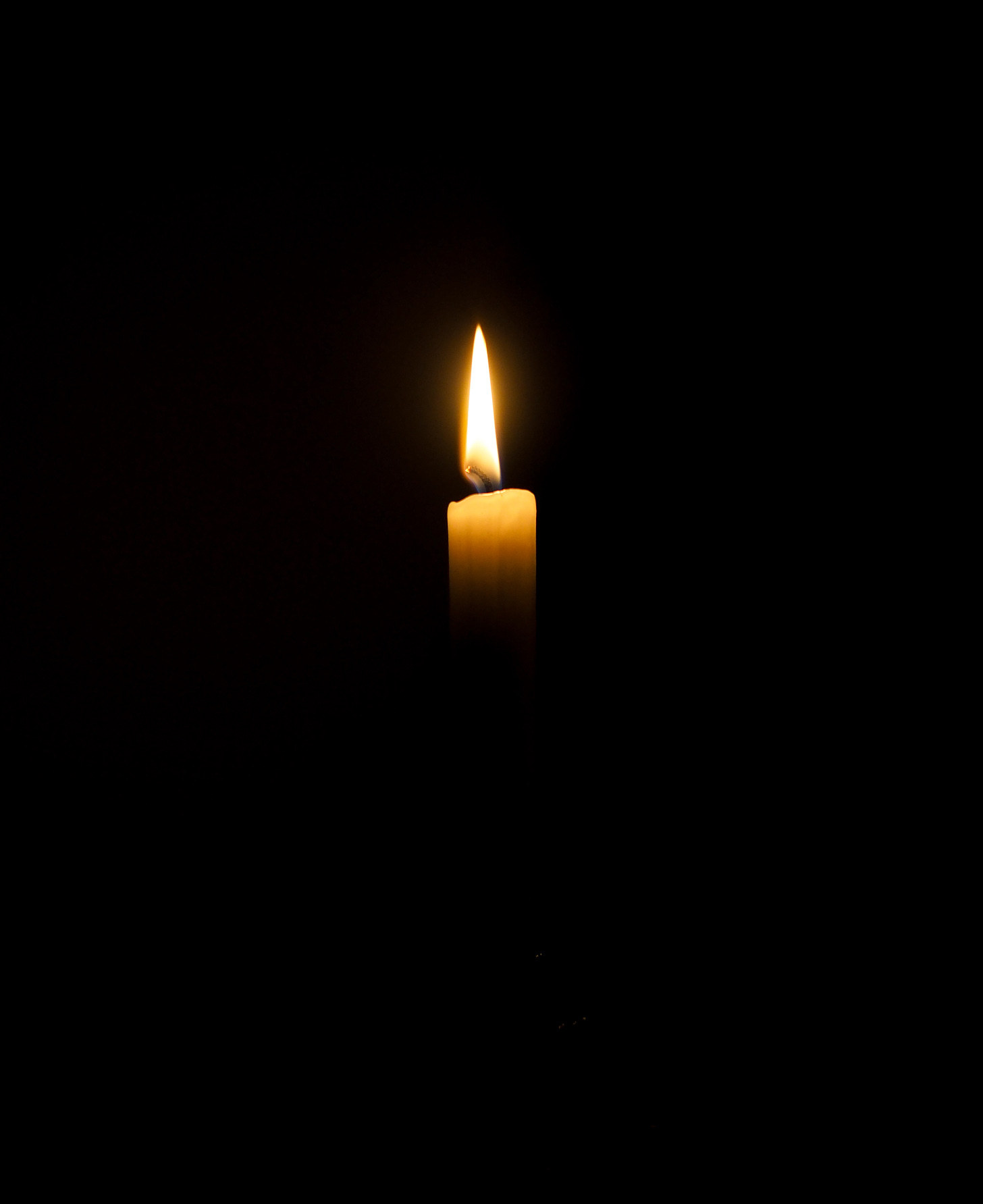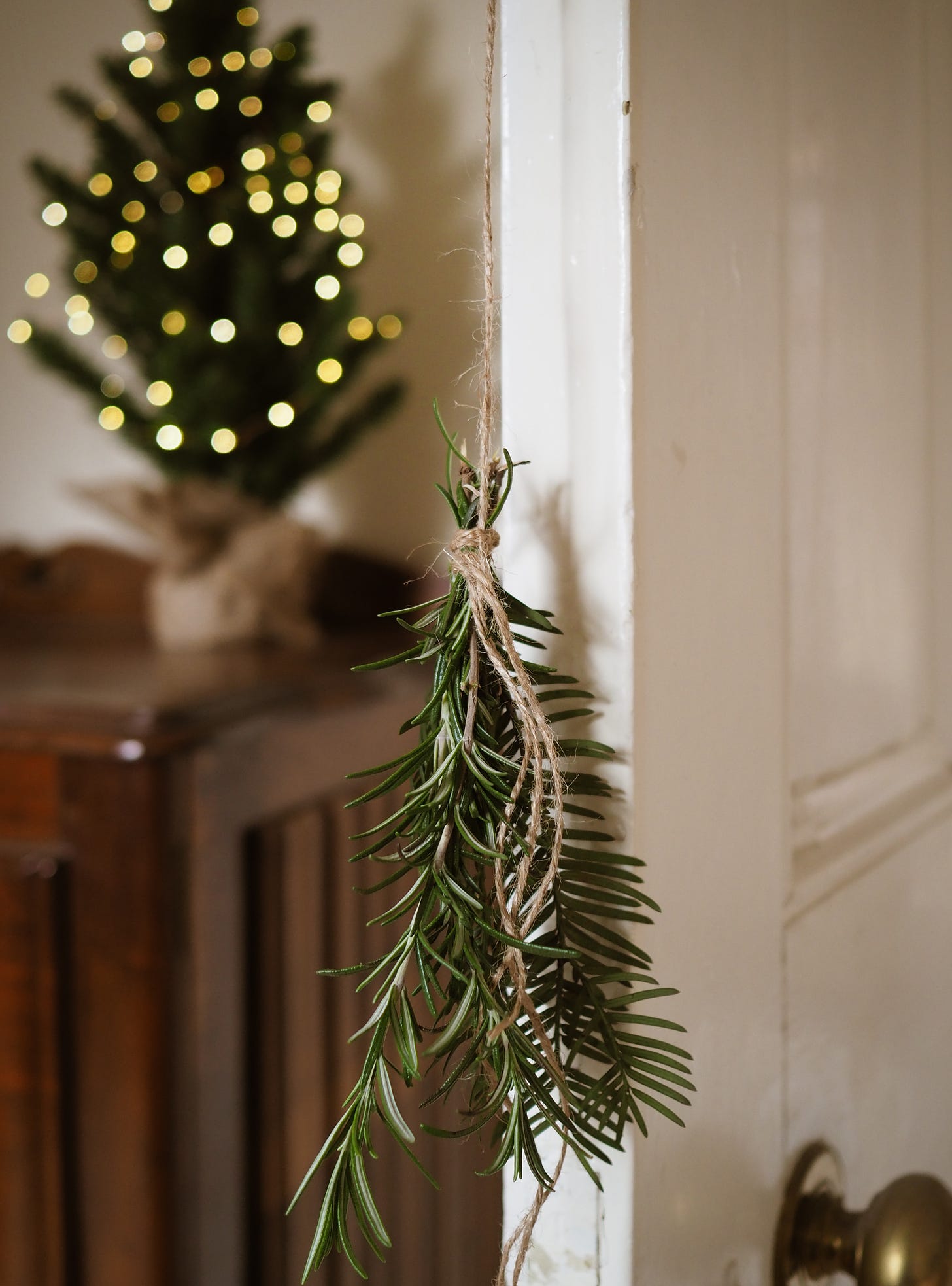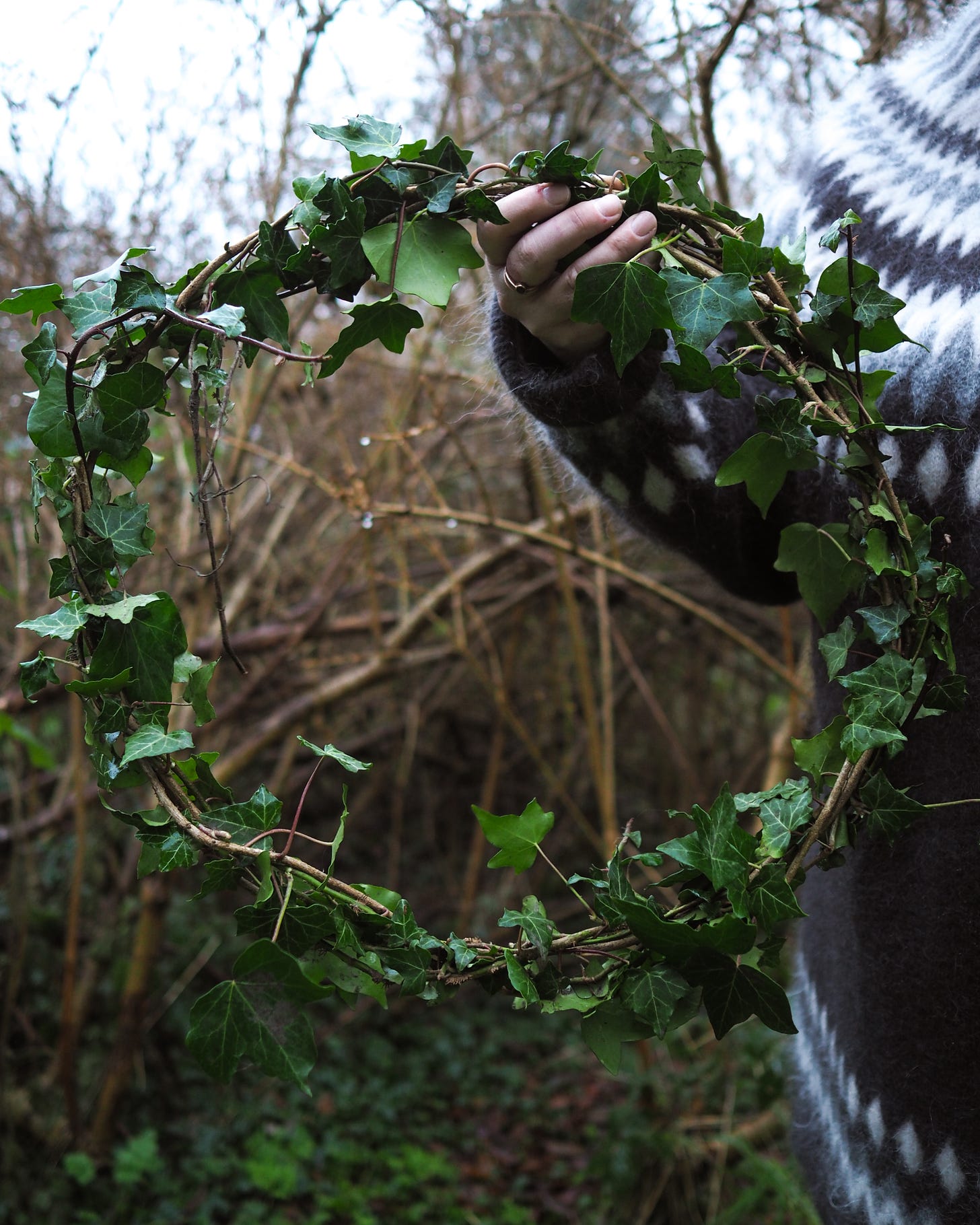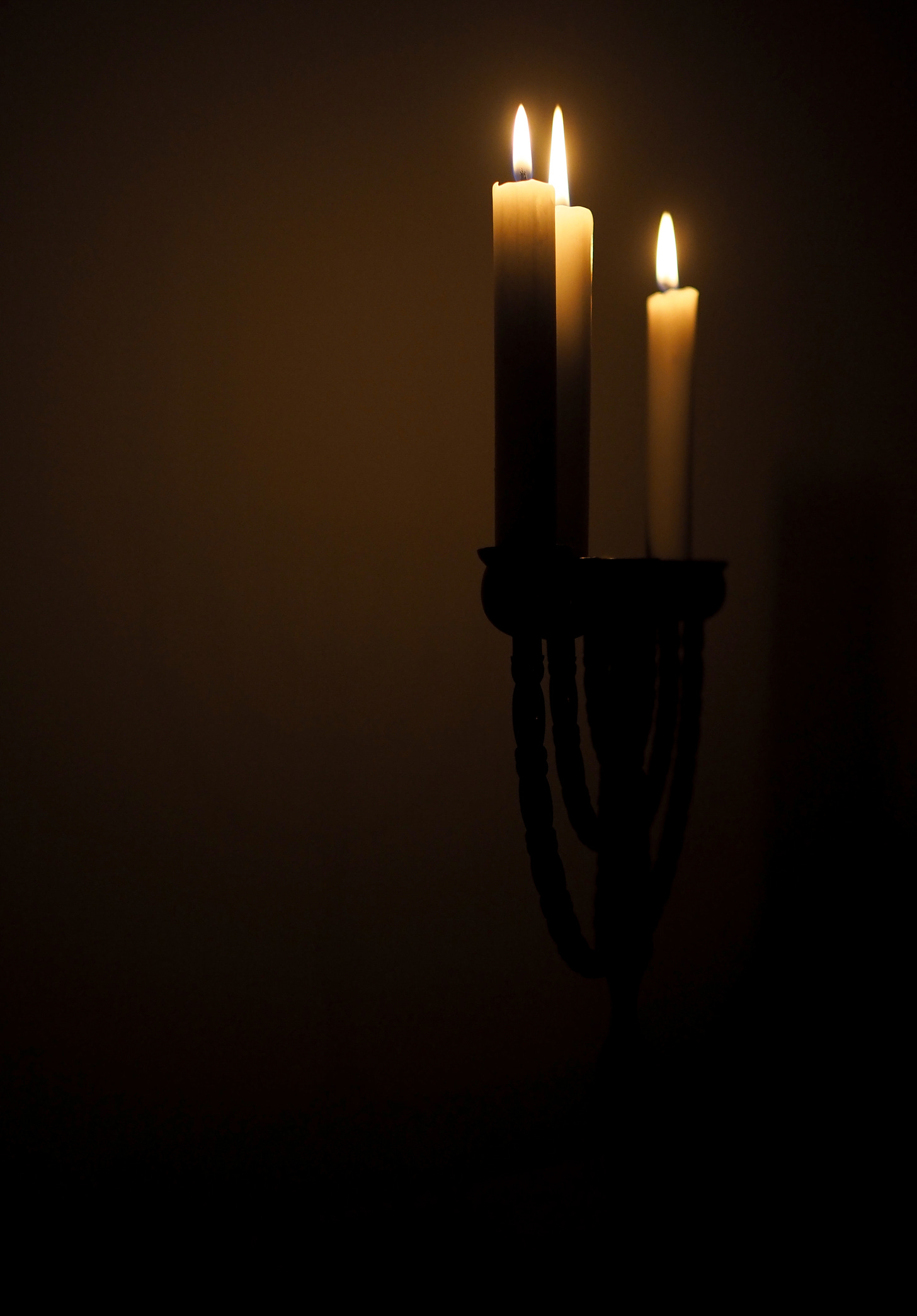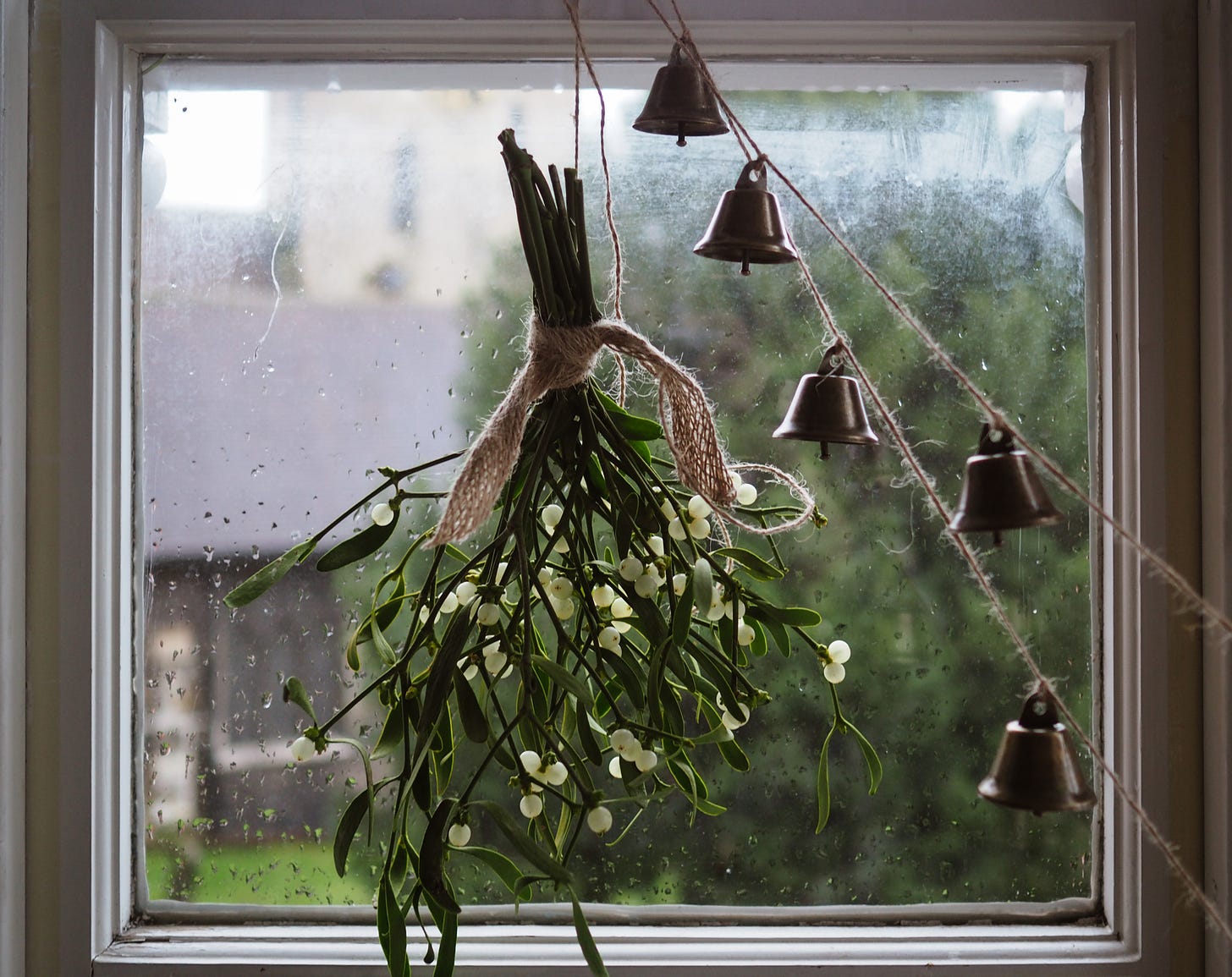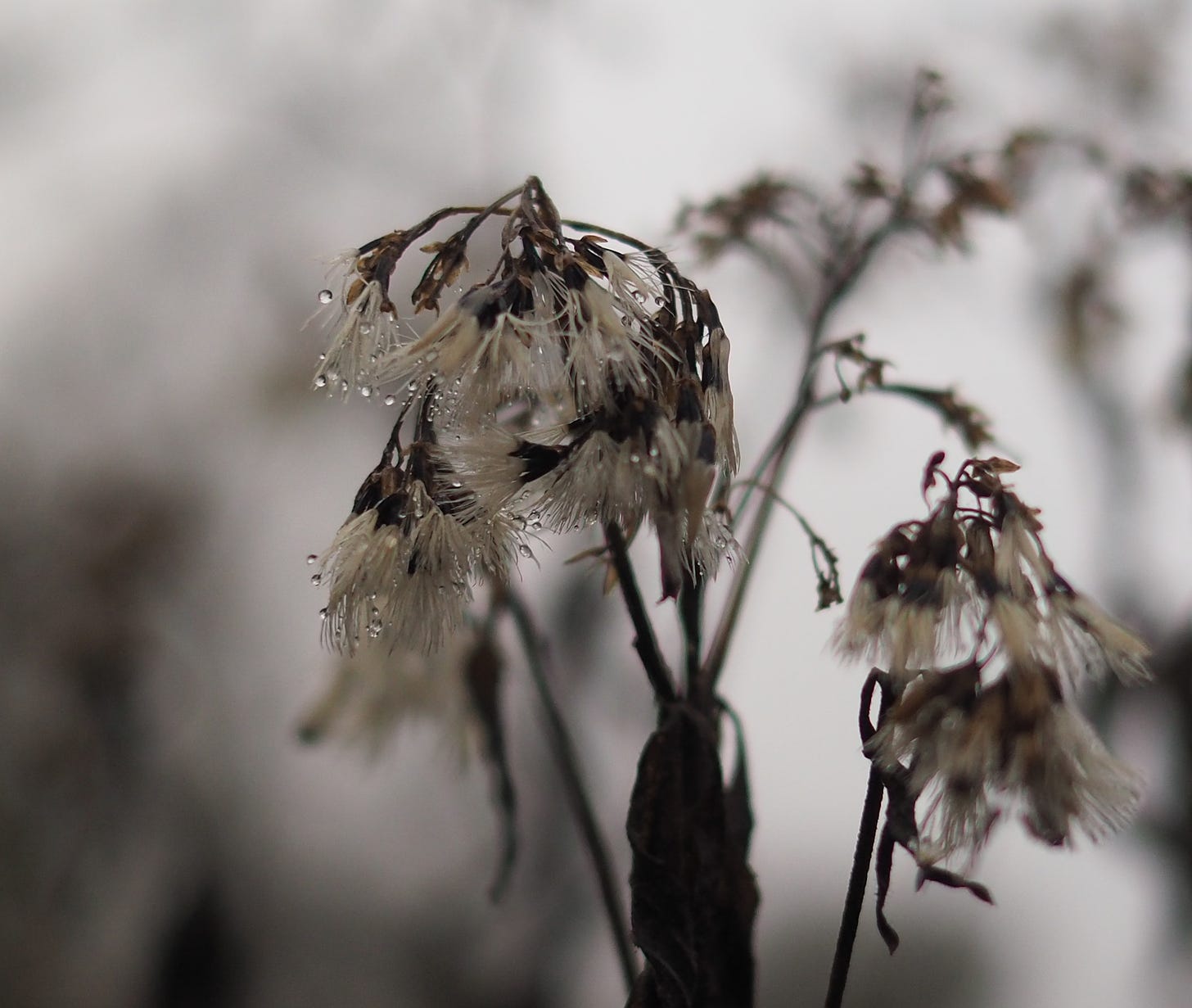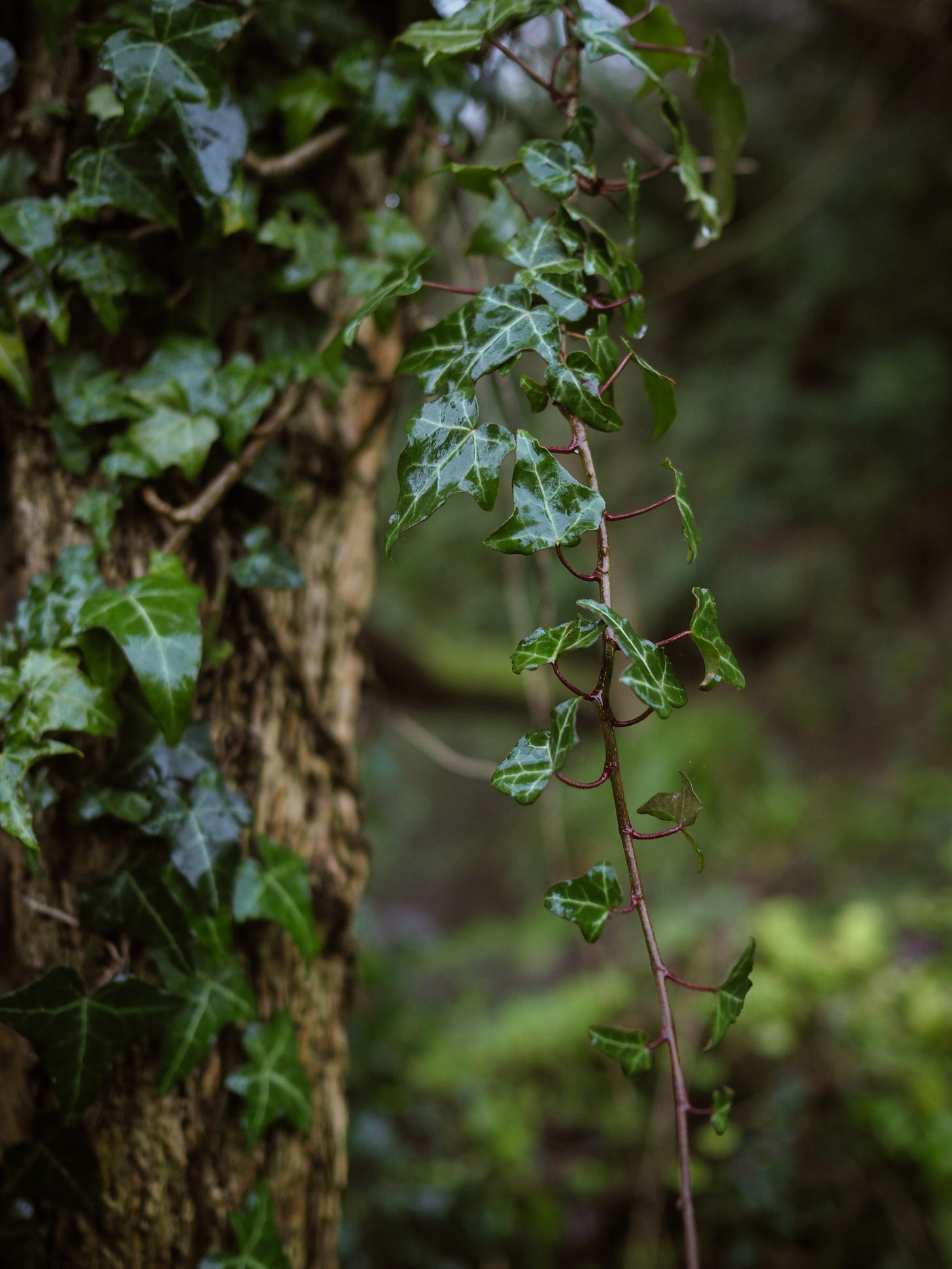The festival of Yule arrives at a similar time to the Winter Solstice, when after the shortest day and the longest night, the sun begins its return to the earth.
At first this return of longer, lighter days feels more symbolic and barely perceptible in the northern hemisphere. This is until a few scant weeks after the Winter Solstice, when we start to see a little more light lingering in the evenings. To me, just the fact that the balance of light and darkness has been reached again, feels like relief. I wholeheartedly believe that a new cycle of increasing daylight warrants a celebration. In the middle of the dark and cold, when it feels like it’s never going to end, we get a peek of milder, brighter days.
The exact date of each Winter and Summer Solstice changes by a few days each year, rather than being set in stone on the 21st of December and 21st of June (as is commonly thought). The date of the Winter Solstice usually falls on or between the 20th and 22nd of December, and on or between the 20th and 22nd of June for the Summer Solstice. This is largely because of our calendar system where we count years of 365 or 366 days, but the earth takes 365.256 days to complete one orbit of the sun1. There are other astronomical and mathematical factors which contribute to the changing solstice dates; but these reasons are beyond my own level of understanding, so I am just covering the basics here. This year’s Winter Solstice will be marked tomorrow morning, 22nd December 2022 at 08:06 with the sunrise.
As I sit here and write this, the sun has now set on this shortest day, and the longest night is starting to draw its cloak over the northern hemisphere.
I wouldn’t consider myself a part of any organised religion. Instead I find comfort, sense and ‘salvation’ in nature. Yule - celebrated close to the time of the Winter Solstice is one of eight seasonal festivals throughout the year. This means that every six and a half weeks, there’s a time and a reason to feel part of something more than the daily grind. This is what always draws me towards finding any sort of peace. Acknowledging and following the seasons brings a lot of joy and meaning into my life. As the ongoing cycle of new shoots, blossoming, decay then death continues in nature, it feels somehow reassuring to be a part of something circular, rather than linear. It reminds me that hope is just around the corner, even in the most despairing of times.
To get me through this darkest part of the year, I like to start my Yule rituals and preparations at the beginning of December. I find the symbolism of evergreens really uplifting, so they get strewn across my home with complete abandon, including a small Yule tree. Seeing the green fronds of fir trees in the depths of winter is a hopeful reminder that life will blossom again soon. I use rosemary too, as an evergreen and because the smell of it - especially coupled with fir- feels restorative and comforting. And ivy - never forgetting ivy, looped in garlands and wreaths; everywhere.
Even with so many festivities going on at this time of year, the urge to hibernate is real. There aren’t many things that will entice me out from under my pile of blankets. But a walk in nature followed by a gathering to celebrate the Winter Solstice is an occasion that I never want to miss. Normally it’s just a small group of us and we hold a little ritual marking the turning of the Wheel of the Year towards the light. Followed by cakes and ale—or tea.
There are plenty of metaphors about long, dark nights. But what I find most helpful at this time of year, is remembering that even though it looks like growth has stopped and everything in nature has died, it’s all just in a state of rest. Sap has pulled back into tree roots, waiting to rise again. The seeds that have been sown are getting ready to push through to the surface, and life is still going on under the soil, gently and sleepily. We just can’t see it. Everything feels still, but it is alive.
With this stark landscape and knowing that the cycle of life is continuing underground, I find it helpful to imagine this season as a time of feeling grounded and symbolically growing strong roots below the surface. Instinctively, it feels like a period of resting and building inner reserves. In reality, the time to be able to actually do this is the stuff of pipe dreams. With work, life and General Adult Responsibilities, time to ponder these notions is a privilege. Most of the time, it’s more of a mental exercise that I try to do, and quite often it’s 10 minutes in bed before I sleep. At this time of year (that demands so much from us), carving out just a few minutes each day feels like a luxury.
The various folk customs at each of the eight seasonal festivals is a source of ongoing interest for me. For Yule, the ‘lighting up’ with candles goes back to a time when fires were lit and rituals were held to entice the sun back to the earth. The green leaves of the evergreens such as holly, ivy, mistletoe, fir and rosemary were symbols of hope for the new green shoots and leaves that appear in spring. Using them as decorations brought their message of hope indoors. Evergreen wreaths (being circular in shape) are symbols of the ever-turning year.
In her book The Wheel of the Wiccan Year, Gail Duff talks about the idea of the ‘Goddess’ being experienced in all her three aspects at Yule: Maiden, Mother, Crone. At this time of the year in the darkest of days, the Wise Woman archetype (the crone) is celebrated and seen as sleeping and waiting and ‘dreaming of a new world to come’. With the renewal that comes with Yule, she then becomes the Maiden and the Mother at the same time. All aspects of the self existing together as one. The cycle continues again. I really love this idea, but it made me wonder, when was the Wise Woman archetype buried for good in favour of the perpetual maiden? When exactly did we enter this ageist paradigm? When did it become seen as ‘wrong’ to really inhabit your skin, including the scars, folds, lines and shape of a life lived?
The winter with its stripped back landscapes reflects the spirit of the Wise Woman: where the value of life experience and knowledge gained is prized over smooth, filtered faces and a blemish-free existence. In fairness, each aspect of the whole self (including Maiden and Mother) has its place in the continuum of life. But what I object to is the standard societal erasure of the older, wiser self, particularly for those who identify as female. I reject the idea that with grey hairs and creased skin, the next step becomes invisibility. I feel like my own summer is gradually turning into autumn as I move through the Middle Years. I hope that by the time I reach my own winter (if I’m lucky enough to get to that age) a new paradigm shift might already be in progress. On that note, I wish you a very Merry Yule and Winter Solstice blessings!
If you enjoy visual diaries, I’ve put a few photos below. I took these during the past three weeks in the lead up to Yule.
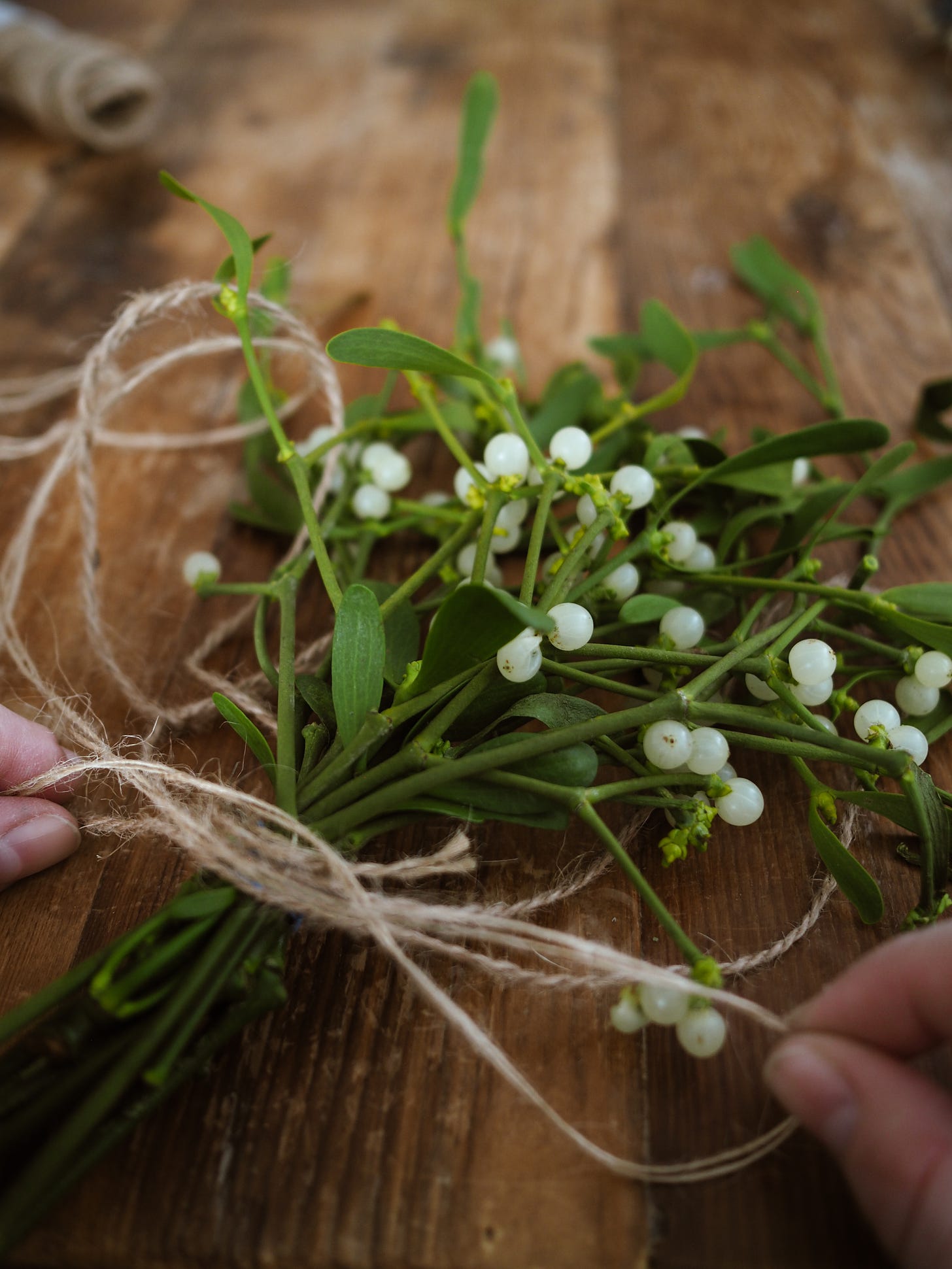
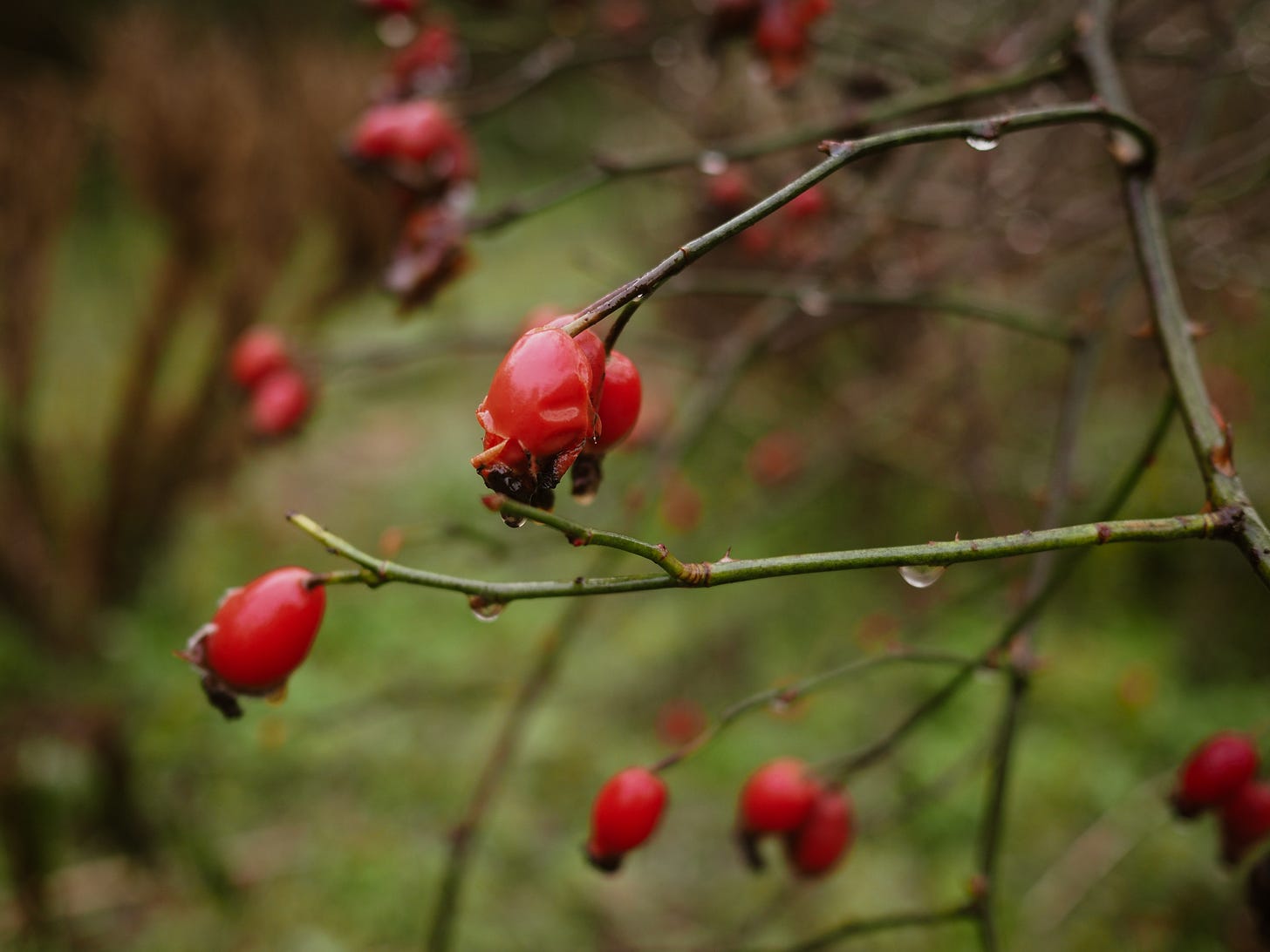
https://astronomy.swin.edu.au/cosmos/s/Solstice





